A Bridge Home Shelter Opens in Watts
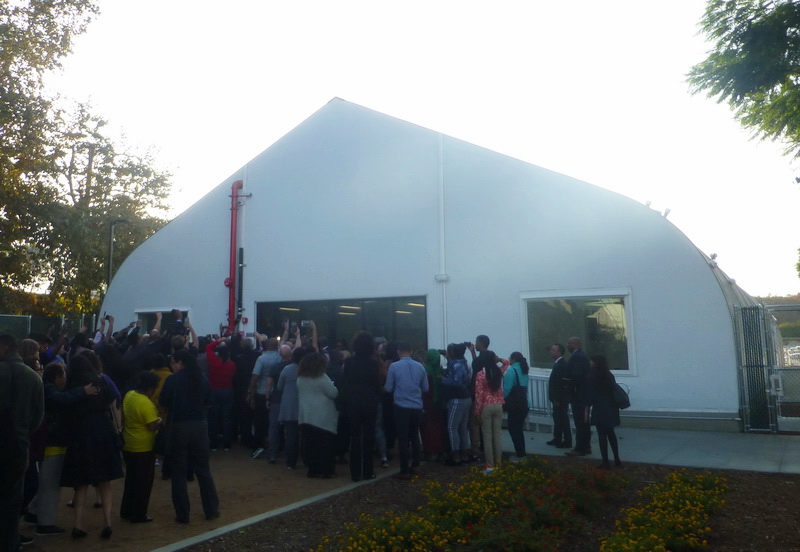
More than 200 people jammed the courtyard for the opening of the new A Bridge Home Shelter in Watts November 13. Mayor Eric Garcetti addressed the crowd, along with Joe Buscaino, LA City Councilman for the area, in CD 15, and other dignitaries. The Mayor said this shelter, at 2316 E. Imperial Highway, is the ninth to be completed out of a planned 26. Each of the city’s 15 council districts is ordered to build at least one of these new generation, more humane, bridge housing shelters.
A November chart on the Mayor’s website (copy below) lists 8 of the new shelters completed of 25 pledged. Mayor Garcetti reported that there are actually 9 of 26 finished.
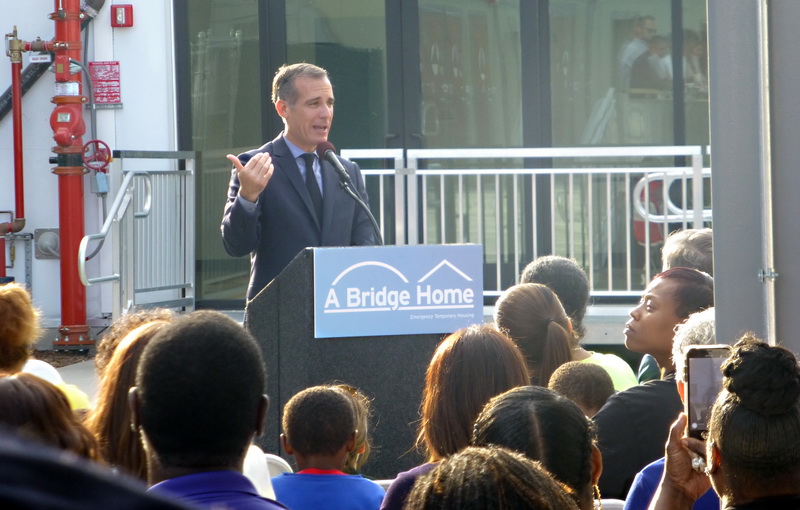
The long-term goal to resolve the city’s homeless crisis is to build permanent supportive housing. In 2016 voters approved the $1.2 billion Proposition HHH bond issue to construct 10,000 units of homeless housing. It is clear by now that this is taking longer and costing more than expected. Some cheaper, quicker short-term living structures are needed, less than true housing units but better than traditional shelters.
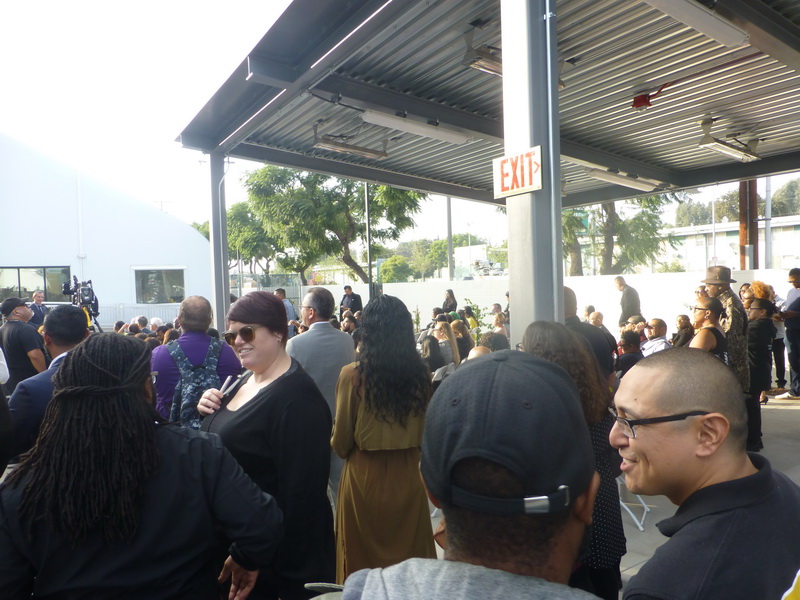
Unsheltered homeless living on the streets have long been averse to accepting transport to traditional shelters. These usually line up dozens or hundreds of cots in a single large room. There is no privacy. Those who accept shelter can bring only a tiny number of belongings. No pets are allowed. There are frequently complaints of theft or hostility from other people.
The new design, of which the Watts shelter is an even more advanced example than the first few, shows a complete rethinking of temporary mass housing. All of the sites are built around giant, semi-permanent fabric tents. These have electricity, air conditioning, and heating. Sanitary and laundry facilities are provided on the property outside of the sleeping tents, as well as offices for case managers for those who need it. Each facility is designed to house 100 people.
The Watts facility has two of the giant tents: a men’s tent with 70 beds and a women’s tent with 30 beds. The early versions in other parts of the city use half-height canvas partitions, closed on three sides but fully open at the front, to define personal cubicles. Each cubicle contained a twin bed, a small lockable cupboard for valuables, and a means to charge a cell phone and Wi-Fi to provide internet access. Pets are allowed.
The Watts facility improves on this model by replacing the canvas interior dividers with half-height solid office-style cubicles on three sides and half of the front, covering the bed. On one cubicle wall there is a socket for two USB jacks to charge cell phones or USB compatible small electronics. There is a wall-mounted lockable cupboard, with additional open storage under the cupboard and under the bed. There are regular electric plugs on each side of the big tent’s interior walls.
Outside the tents there is a long narrow structure that contains 7 all gender restrooms, 7 all gender showers, and a laundry. The large quad where the audience gathered for the opening ceremonies is an eating or lounging area. And there is a good-sized dog park for pets.
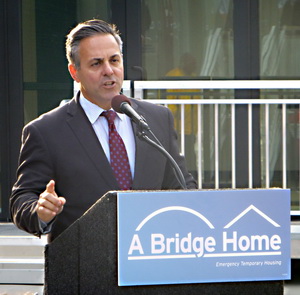
CD 15 Councilmember Joe Buscaino said they are about to break ground for two more of these bridge shelters in CD 15, one in San Pedro and one in Wilmington.
To minimize NIMBY opposition to the Bridge Home shelters they are targeted for areas with a heavy concentration of homeless tents. The prospective residents are supposed to be restricted to homeless who were living nearby, and new encampments will be prohibited within a certain distance of the new shelters. So rather than increase homeless in the area of these shelters it will be reduced. Joe Buscaino declared, “No excuses for those who refuse services and remain on the sidewalk.” Currently completed Bridge Home shelters offer 900 beds. When the 17 more in the planning or construction stage are finished the total will rise to 2,600 beds.
Veronica Lewis, Director of HOPICS (Homeless Outreach Program Integrated Care System), the agency in charge of enrolling homeless in the Coordinated Entry System for Service Planning Area 6, spoke later in the program and said that the Watts Labor Community Action Committee, the St. Joseph Center, and First To Serve have been canvassing the neighborhood around the new shelter to identify people eligible to live there. Joe Buscaino reported that the Watts shelter will be the only one so far that will have a WorkSource center onsite to help those residents who are able to work to find jobs.
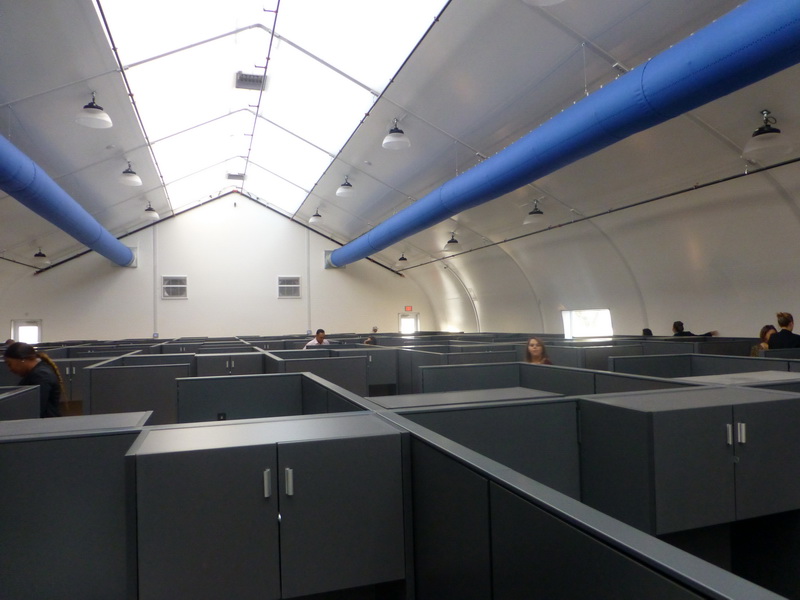
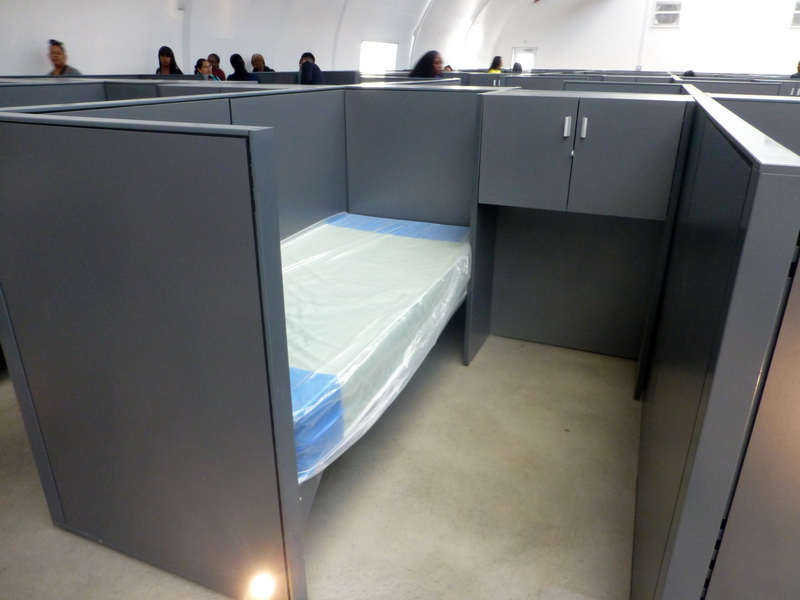
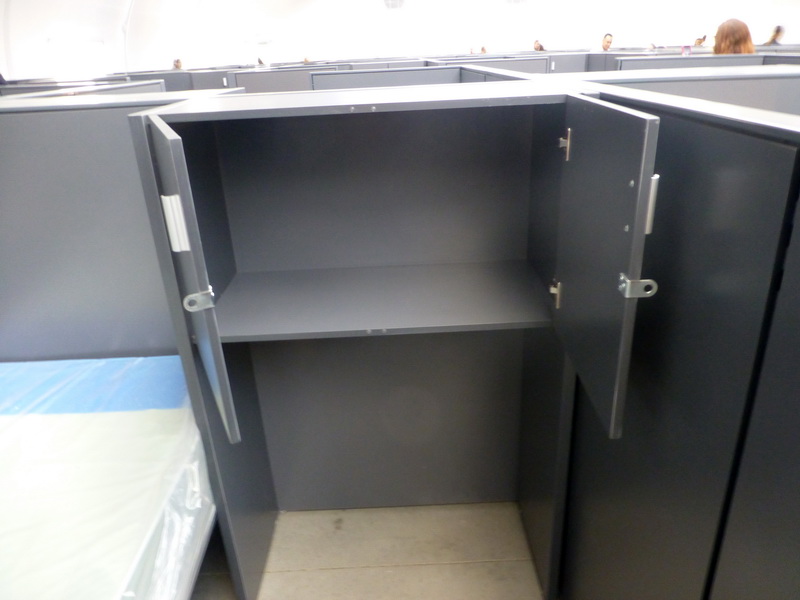
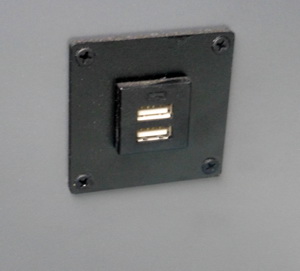
And just a word here on the brilliant idea to provide cell phone charging capability in each sleeping cubicle and Wi-Fi for the whole property. Most homeless people can’t afford cell phone service. But a smart phone without phone service but with Wi-Fi is a highly advanced computer. Many people have upgraded their phones and have older ones at home they could donate if asked. Charities, churches, and homeless service organizations could collect them for distribution to residents of the Bridge Home shelters. To list just some of the things owning a used cell phone without phone service still offers:
Email, through a free Gmail account. Texting. Internet access for job searches, medical advice, FM radio, maps, YouTube for music and movies, a clock, camera, and flashlight. An endless number of magazines, newspapers, and informational websites. Google and Wikipedia for information searches. Facebook. And for readers, Amazon claims it offers 10,000 free Kindle books, while the Project Gutenberg website offers 60,000 ebooks and Kindle books. With a cell phone without phone service, and maybe a cheap pair of ear buds, the whole world opens up from your little bed in a cubicle at a Bridge Home shelter.
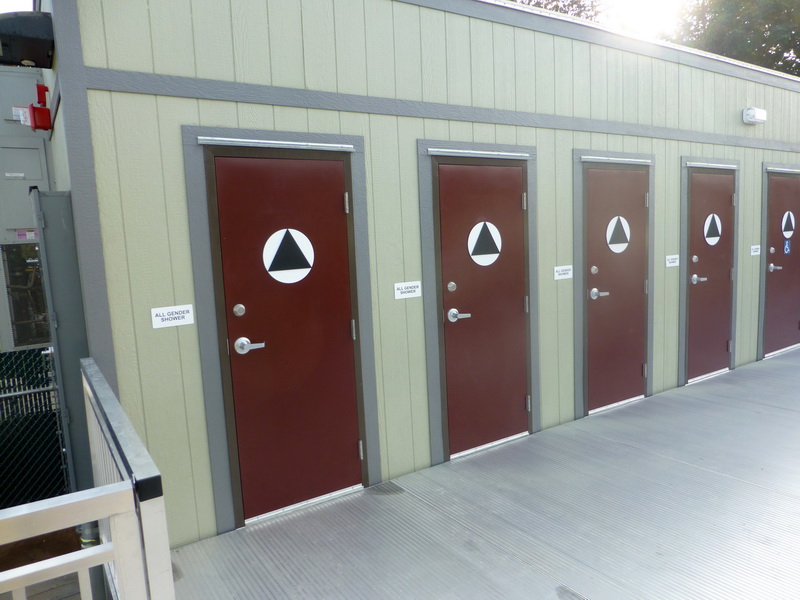
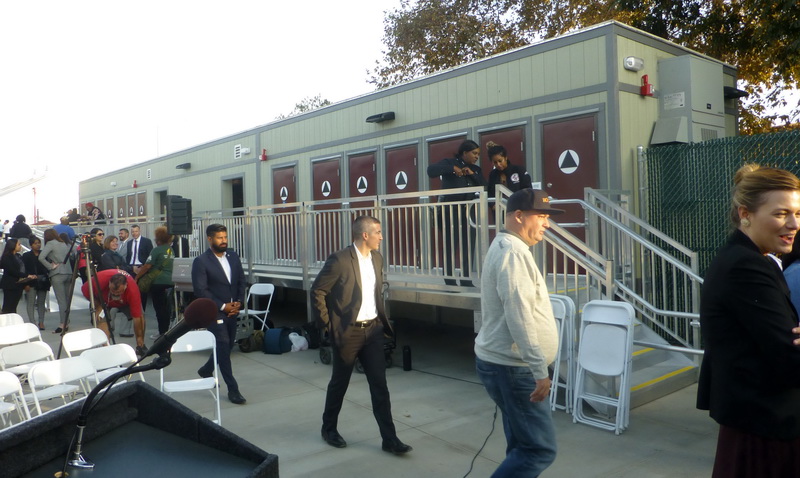
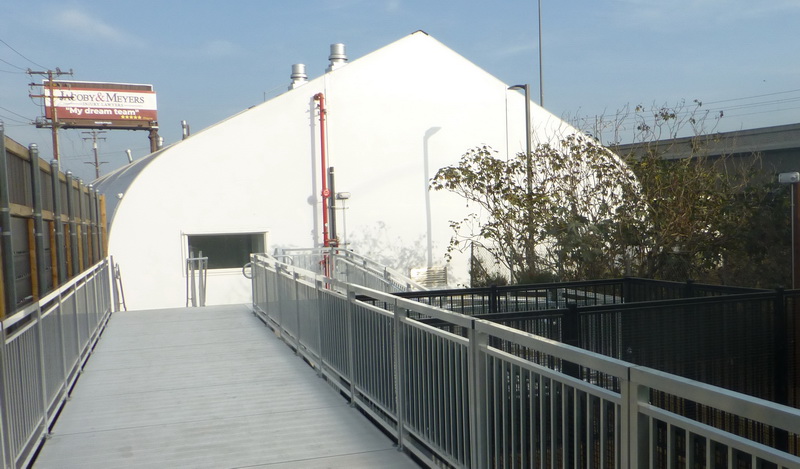
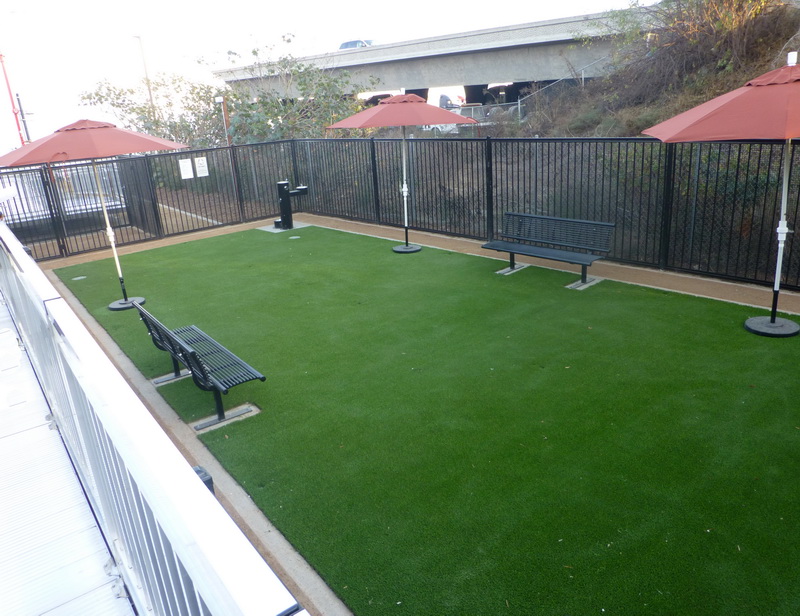
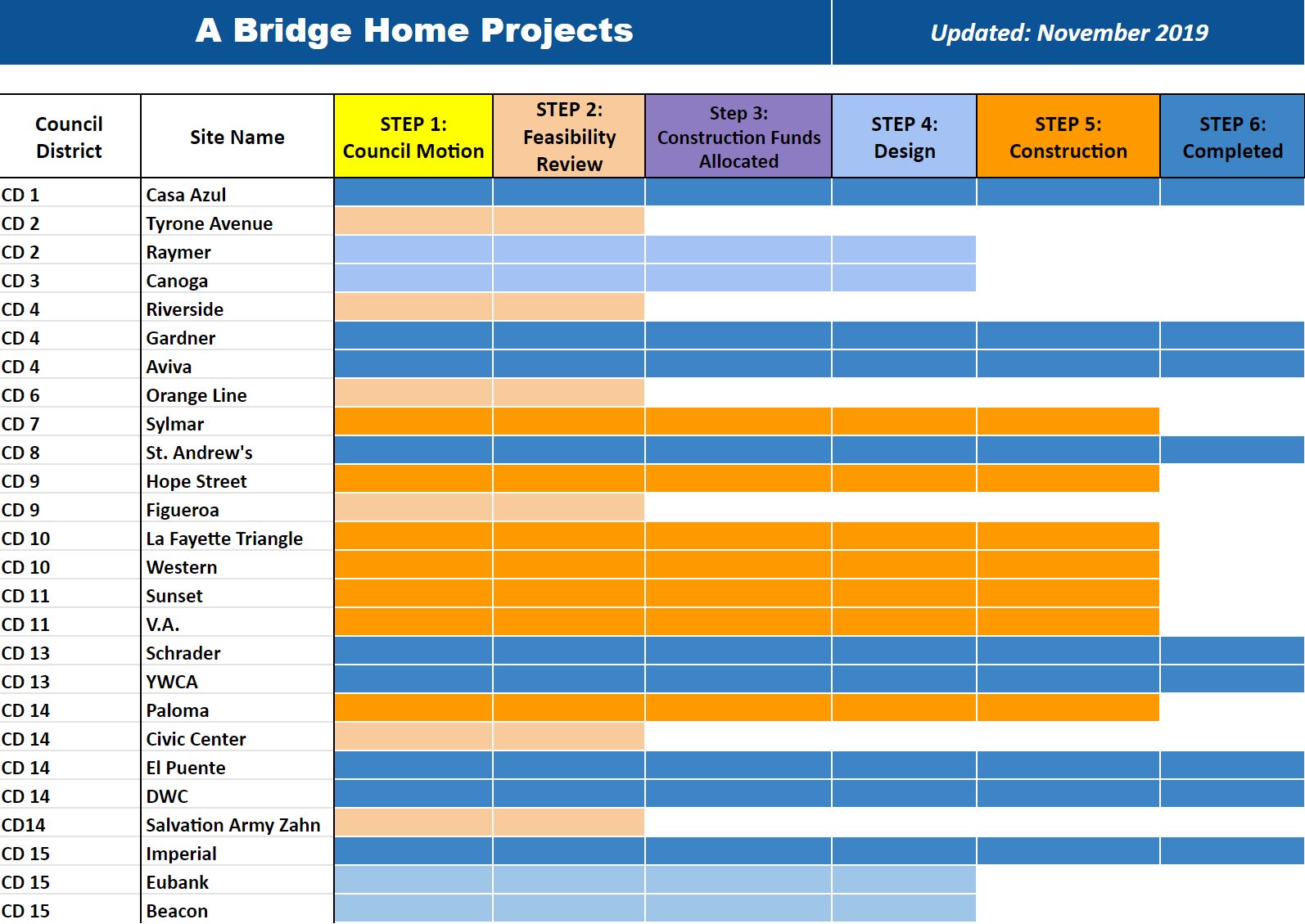
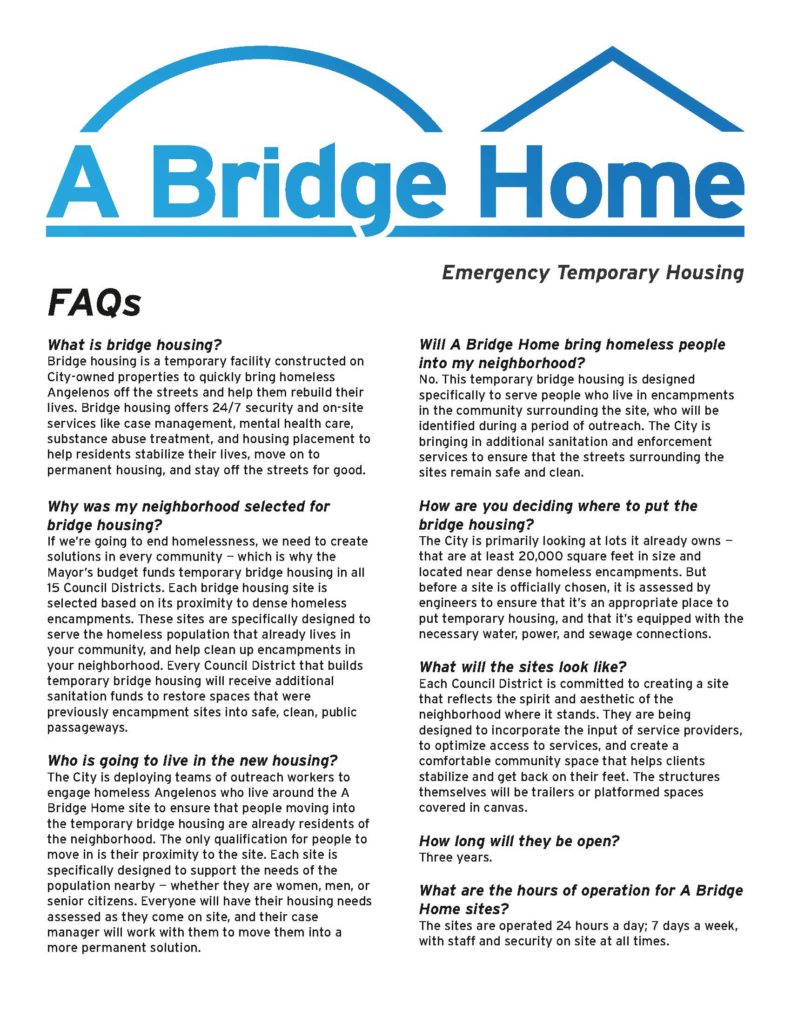
–Leslie Evans